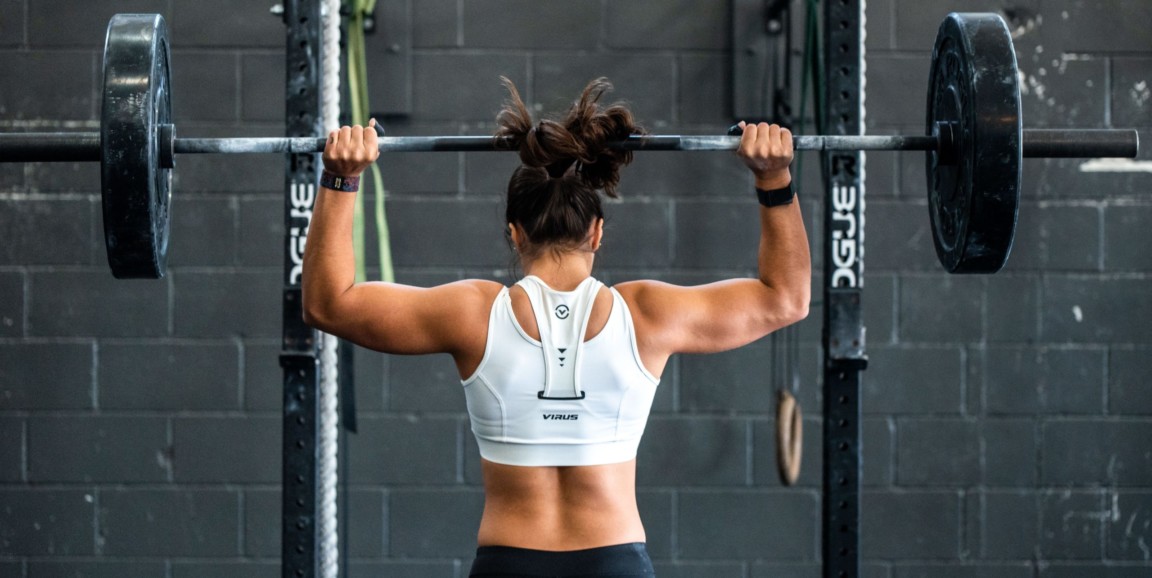Last spring, researchers from Stanford Medicine, Fitbit and Scripps Research Institute launched a study to help improve prediction and detection of COVID-19 cases through smartwatch data. Now, Michael Snyder, PhD, chair of the Department of Genetics and wearables enthusiast, and his lab are working with the Pac-12 Conference and Fitbit to provide smartwatches to 1,000 student-athletes.
Snyder and the team are hoping the Pac-12 student-athletes will help them refine and support their previous findings, which showed that data from smartwatches have the potential to alert users about illnesses, potentially including COVID-19.
With the Pac-12 student-athletes, the team hopes to uncover new details about how a healthy individual responds to COVID-19.
As part of the research, Fitbit donated 1,000 smartwatches to Pac-12 student-athletes playing sports with a moderate-to-high risk of disease spread, such as football, basketball and volleyball. Student-athletes who receive the smartwatch will be monitored for six months, tested regularly for COVID-19 and asked to answer survey questions. The test results, survey answers and de-identified Fitbit data will be regularly shared with Snyder and his lab and Fitbit for analysis.
Branching out to new populations
"The Pac-12 student population is much more diverse than what we've been seeing in our previous data collection," said Andrew Brooks, PhD, a postdoctoral scholar helping to lead the study. "That's another one of our motivating factors as we think about trying to reach a broad population."
In many ways, said Brooks, this population is ideal: the student-athletes are already getting tested for COVID-19 on a regular basis, sometimes multiple times a week. Those tests might catch asymptomatic cases that would otherwise go unnoticed. "We hope it's an opportunity to see if these algorithms can help detect COVID even in asymptomatic cases," he said.
While there are lots of benefits to dipping into the Pac-12 population, it's also possible that data from elite athletes may be different than that of an average healthy population, said Snyder.
For example, athletes exercise much more rigorously and consistently than most people, which might drop their resting heart rates to potentially lower than that of an average healthy population. Or think of March Madness. There's a big difference in watching it and playing in the game, and that will likely affect stress. While in the near term, these factors might not align with algorithms established from earlier studies, they could also reveal new findings and open up additional lines of research.
Outside of the population level, there could be unique perks for the individual athlete, said Snyder. An algorithm that could accurately predict illness before it strikes could help prevent injury.
"Athletes who are sick are much more prone to hurting themselves, and for elite athletes that could affect their entire career," he said. "So while catching illness early is certainly important for preventing viral spreading within teams, it's arguably more important to catch it on an individual level."
The effort, said Snyder, is part of a larger initiative in his lab to maintain health using data and wearables.
Photo by John Arano




